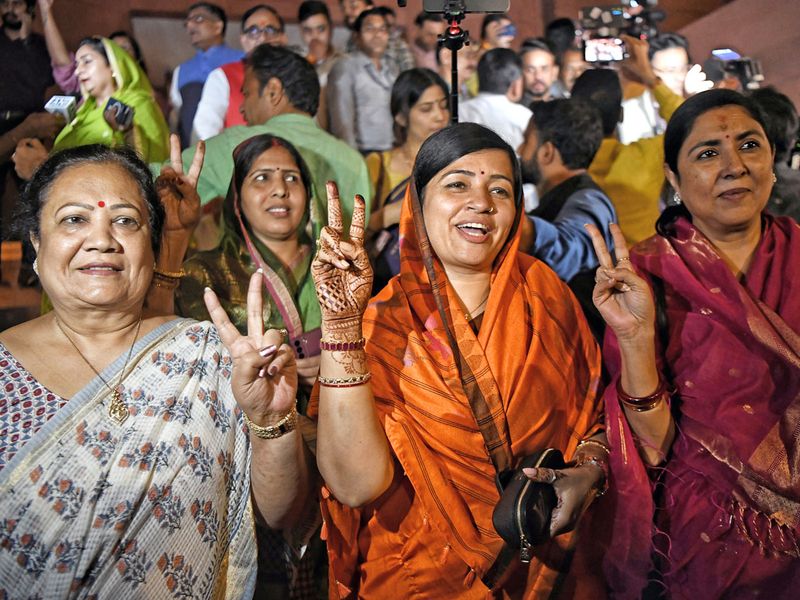It was a significant moment in India’s Parliament this week when Parliament passed the long-awaited Women’s Reservation Bill, which reserves 33 per cent of seats in Parliament and state legislatures for women. It has been a long journey for this legislation, first proposed in the mid-1990s when I was a college student at Delhi University.
The Congress-led United Progressive Alliance (UPA) government came close to passing the bill after it cleared the Rajya Sabha in 2010, but opposition from the Yadavs — Lalu, Mulayam and Sharad — stalled its passage in the Lok Sabha. At the heart of the opposition was misogyny, amply highlighted by Sharad Yadav’s infamous remark. He said only women with short hair (read privilege) would dominate the legislature if the reservation became a reality.
The political consensus has been far greater today, but the Congress has shifted its position and demanded a sub-quota within the women’s quota for women from backward castes. This derailed the bill last time, but now the political calculations differ. In the run-up to next year’s Lok Sabha elections, every party is trying to woo women and backward castes, which explains the Opposition’s position.
When will the bill come into effect?
But the devil, they say, is in the detail. A closer look at the new version of the Women’s Reservation Bill tells us that it can only be implemented for the 2029 Lok Sabha election. First, there has to be a nationwide census, and it has to be followed by a delimitation exercise of all constituencies, which won’t happen at least till 2026.
Some reports suggest the bill be implemented only for the 2039 election because the census will likely happen only in 2031. After that, the delimitation can take four to five years.
Which makes you wonder: what was the need to call a special session of Parliament suddenly with such secrecy and drama? The bill could have been introduced and passed in the Winter Session, which is only a couple of months away.

Like much else with the Narendra Modi government, optics and keeping everyone on tenterhooks, shock and awe seem to be a reason. After all, it looks far more dramatic to call a special session, bring in historic legislation, and make headlines. But really, what was the need to keep this a secret and to keep the Opposition in the dark till the last day? Why wasn’t the agenda made public, as should be the norm in a parliamentary democracy?
Another more significant reason for the timing is simply politics — the upcoming assembly polls and the 2024 Lok Sabha elections, where women voters hold the key. Over the decades, the participation of women in elections has increased substantially.
The turnout of women in the Lok Sabha polls surged from 53 per cent in 2004 to 67 per cent in 2019, creating history when they edged past the male voter turnout for the first time. The Election Commission has predicted that women voters will increase again next year to 69 per cent. The optics of having the Women’s Reservation Bill through is something the Modi government hopes to capitalise on in the upcoming elections.
But ultimately, the real change must be more than campaign slogans and promises. The Women’s Reservation Bill is a pathbreaking move, one that was long overdue. It’s disappointing that there are more obstacles in its implementation.
The last census was to have happened in 2021. The pandemic changed the timelines, but there is no word on the census. The Modi government has not been able to explain why women’s reservation should be linked to the census and the cumbersome delimitation process.
Real political empowerment of women goes beyond words and intent. It must be a reality.





